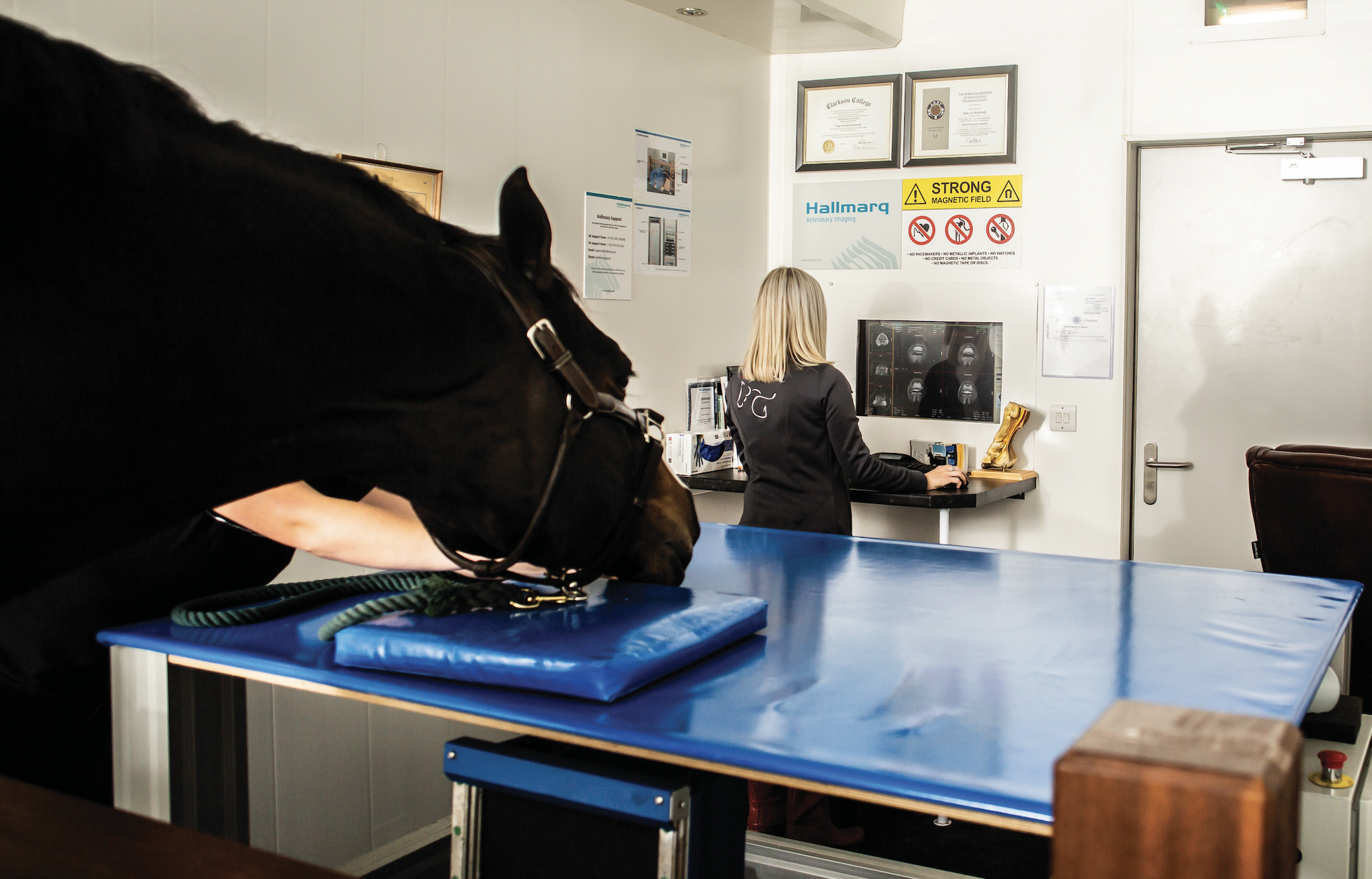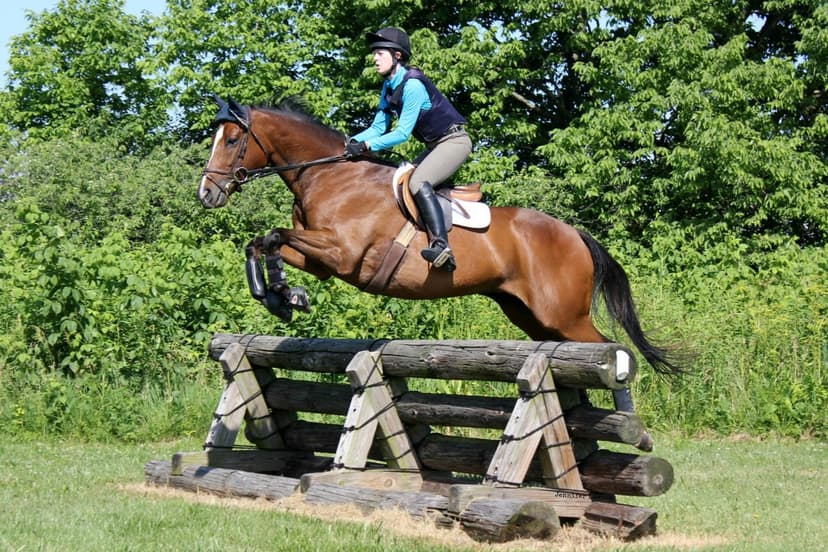Diagnostics: A Beginner’s Guide
In the world of equine sports medicine, there are diagnostics – identifying the problem – and treatment – fixing the problem. Diagnostics for horses has become very sophisticated over the last several years and there are a wide range of tools that can be used to diagnose problems.
My Horse Has a Fever: Now What?
“As a hands-on horse owner, you know your animals better than anyone,” began Dr. Elizabeth MacDonald, Clinical Instructor of Equine Medicine at Virginia Tech’s Marion duPont Scott Equine Medical Center in Leesburg, Virginia. “So, when your horse is a bit slow coming in from the field, not as exci...
Conformation Critique with Chris Ryan: Pour Decisions
“This is a quality sort,” Chris Ryan began when looking at this 4-year-old Thoroughbred. “The Thoroughbred is a renowned breed improver/refiner for all the sporthorse stud books, and the pure Thoroughbred has his own register. They are the elite of the species as regards to refinement.”
Conformation Critique with Chris Ryan: Get The Point
“This individual is all quality being full Thoroughbred,” Chris Ryan first observed about this 5-year-old off-the-track Thoroughbred gelding. “Some carry more refinement than others and this fellow is quite fine. He is short coupled. And, he is a lovely strong colour!”
Staying Sound: The Importance of Foot Balance
There’s a saying that goes, “No hoof, no horse,” and in many ways it’s true. The hoof supports the entirety of the horse’s body and allows him to move athletically, flexing and extending to support movement. The hoof resists compression caused by the horse’s weight, absorbs and stores impact ener...
Horse Heroes: Cambalda
Born of the Irish Sport Horse stallion Balda Beau and Irish Sport Horse dam Cathy’s Lady, Cambalda was bred by John Irish in Ireland and born in 2002. Jayne Wilson purchased Cambalda and brought him to England, which is where Kelli Temple came across him while on a horse shopping trip.
Fast Facts: 2021 The Fork at TIEC
The very first Fork Horse Trials was supposed to be held in April of 2002, but the event was rained out and didn’t debut until the next year. The Fork went on to run every April since 2003 except for in 2020 when the event was forced to be canceled due to COVID-19. While The Fork was originally h...
Conformation Critique with Chris Ryan: Baytown Trouble
Chris Ryan’s first observation about this 4-year-old Thoroughbred mare is that she looks to be a “nice quality sort. She is perhaps a fraction thick in her head-to-neck connection – it could be that her head is quite strong. I’m not so keen on those with pretty heads, even on a filly, which can b...
USEA Events A-Z: Miami Valley Horse Trials at Twin Towers
The Miami Valley Horse Trials is held at the Twin Towers Horse Park in Yellow Springs, Ohio (Area VIII) in early May, offering Starter through Training levels.
Fast Facts: 2021 Galway Downs International Horse Trials
Area VI’s first FEI event of the season will be held this weekend at the Galway Downs International Horse Trials in Temecula, California. In addition to horse trials divisions for Beginner Novice through Intermediate, the event will also offer CCI2*-S, CCI3*-S, and CCI4*-S divisions.





















